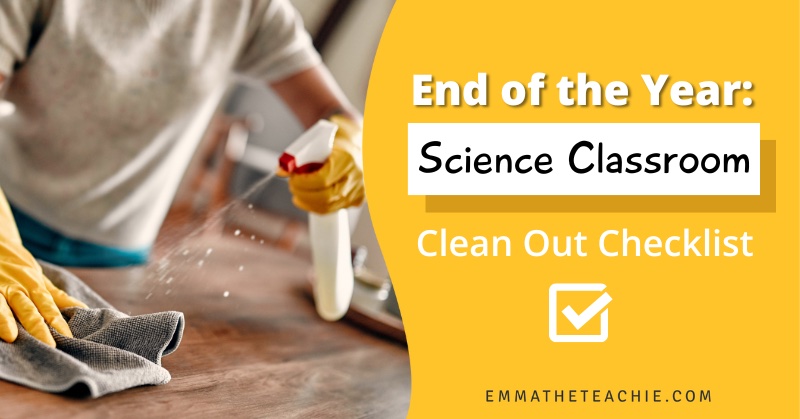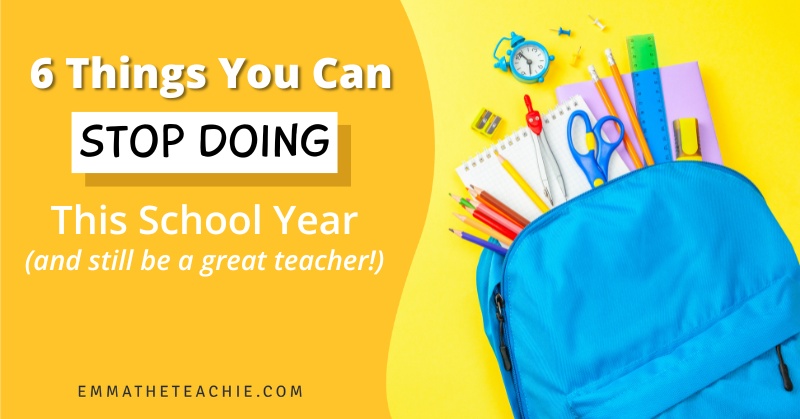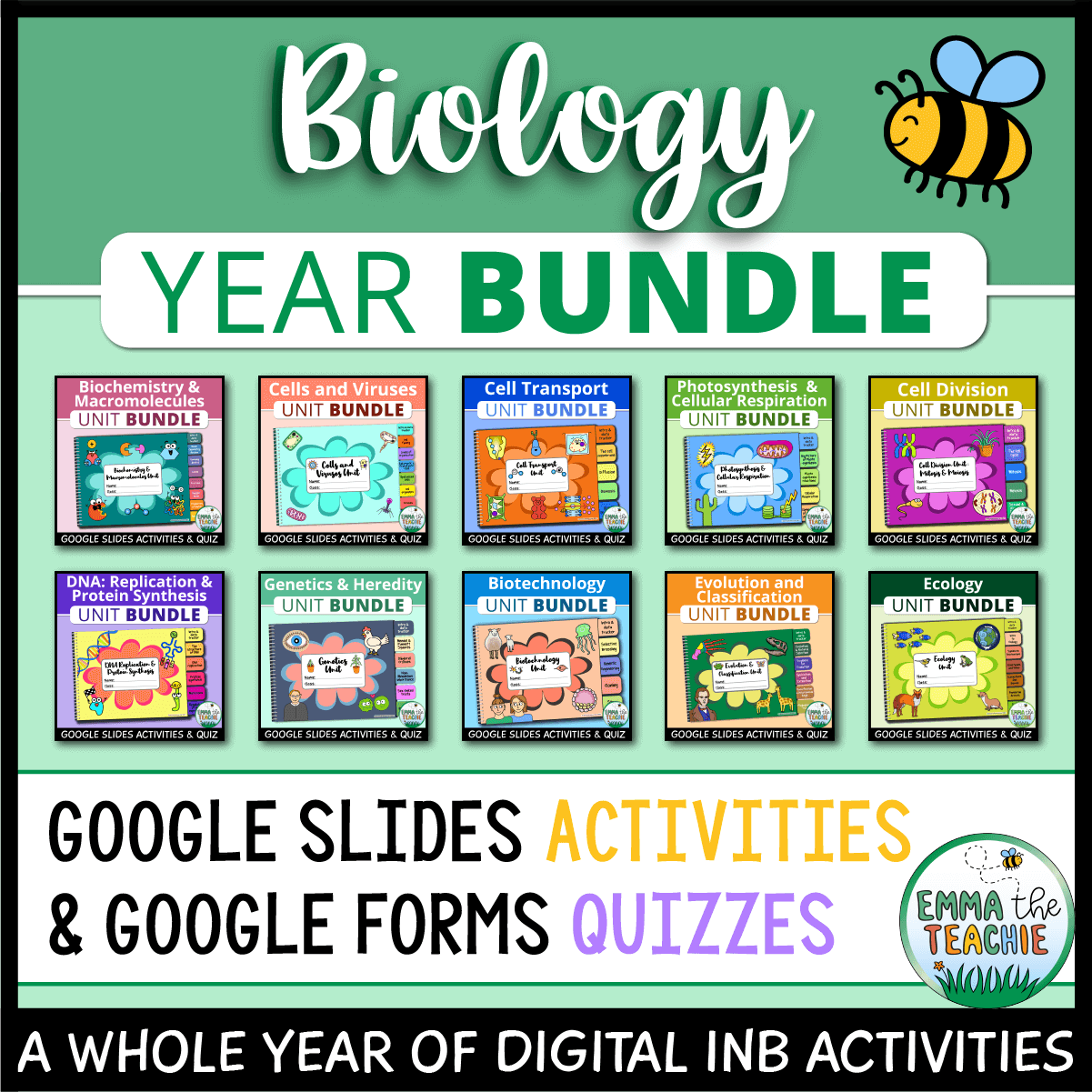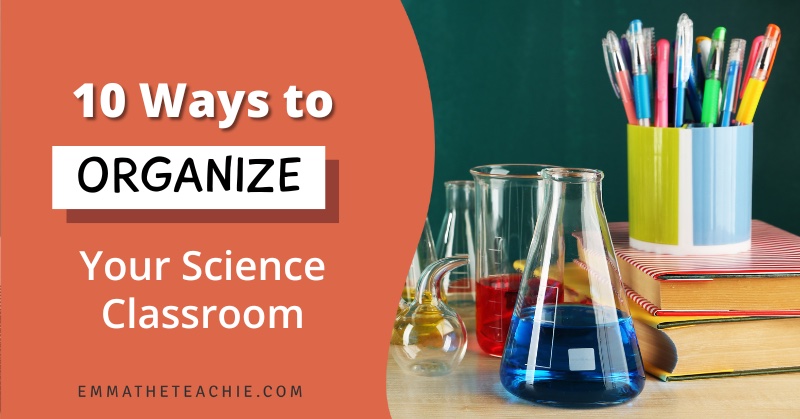
10 Ways to Organize Your Science Classroom
We all know that a well-organized science classroom helps promote an effective learning environment.
We also know that our classrooms can go from clean and organized to a disaster zone in 0.2 seconds…
I know I am guilty…!
In order to provide the best environment for students, it is our job, as teachers, to present an organized classroom that allows for maximum engagement when learning.
Trust me – I have been where you are. No one is perfect, and I will never pretend that I am.
Over the years, I have learned some great organizational methods for my science classroom, and I want to share them with you today.
Let’s explore 10 different ways you can organize your science classroom.
>>> Cleaning out your science classroom? Read my End of Year Science Classroom Clean Out Checklist blog post and get the printable checklist here!

1 – Have a place for everything
Everything has a home. That’s my mantra, at least.
I don’t know about you, but I cannot function in clutter. In order to reduce clutter, I make sure that every supply and piece of equipment has its place.
In your classroom, be sure you are effectively using the cabinets, drawers, and shelves that are provided to you.
If you’re able or if your school has available funds, supplemental organizational materials will help, as well!
In my classroom, I have shelf space above my laboratory cabinets and use that space for storage totes. This makes it so easy to store miscellaneous lab supplies in an organized way.
Make sure you are utilizing all of the available vertical space in your room.

2 – Label everything
Label. Label. Label.
My advice? Invest in a personal labeling machine.
In my classroom, everything is labeled. When I say everything, I mean EVERYTHING! Every cabinet, shelf, and drawer is labeled.
Not only does it help me, but it helps my students, as well. Students are well aware of where the supplies are and what supplies they are able to use.
One thing I am always sure to do is label anything that needs labeling right away, or else it will get put to the side and a miscellaneous pile will begin to form.
Labeling is one of the most important ways I organize my science classroom.

3 – Use digital organization tools
Let’s call a spade a spade. We live in a world with a large amount of technology. So, we should use technology to help organize our classroom.
One thing technology allows us to do is eliminate the piles of random papers that we know can accumulate on our desk.
Fortunately, there are many digital organizational tools available to us. In order to convey information to students and house classroom materials, I love using Google Classroom. Not only does it help keep me organized, but students can easily navigate to the materials they need since they can be grouped by unit. Microsoft Teams is excellent to use for communication as well.
In addition, these digital tools make assigning work to students much easier than ever before. One of my favorite types of activities to digitally assign are Google Slides activities. Google Slides activities allow students to answer a wide variety of questions, and they can also be differentiated.
You can check out my Google Slides activities here.
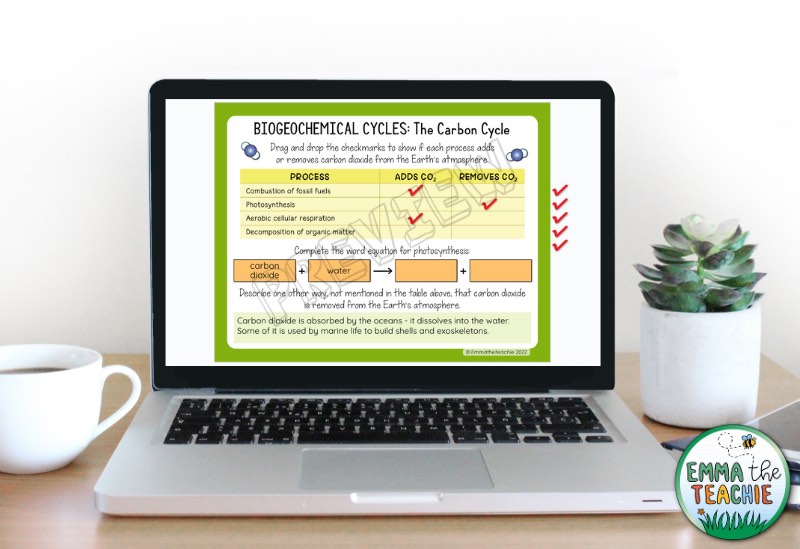
4 – Create a routine for cleaning up
One of the hardest things to keep organized in my classroom is cleaning up after a laboratory activity or other hands-on activity.
There are times that students are running behind and need to hurry to their next class, or you are preoccupied and don’t notice that a group didn’t clean up before they left.
To make this task more manageable and keep my classroom organized, I now assign lab captains.
For each group of students, one person is the lab captain for each month, and then it changes. The lab captain’s job is to make sure that the lab area or group area is clean before leaving the classroom. Each group member is still responsible for helping to clean up, but the lab captain is the designated person to check before they leave.
By having a lab captain, the students are unable to put the blame on each other, and it is delegated. Since the person changes each month, it is not too daunting for one person, and each person will have the responsibility (usually twice).
Ever since I’ve implemented this in my classroom, I have definitely noticed an improvement in the cleanliness and organization of my classroom.
5 – Keep your desk clean
I will be honest. I probably struggle with this one the most!
My desk always acts as a landing space for anything and everything. It doesn’t take long for my desk to become overwhelming.
I know I’m not alone.
This year, my goal was to keep my desk clean and organized. Ever since, I have felt more organized overall in my classroom.
I have containers for pencils and pens, as well as a file holder to hold all important papers.
Whenever I get something that I would normally leave out on my desk, I immediately put it in its labeled place.
See what I did there? (wink, wink)
If not, you should go back and reread Tips #1 and #2. It all comes full circle.
Not only will a clean desk make you feel better, but it will also make your students more confident that you are an organized teacher.

6 – Be organized yourself
Monkey see, monkey do.
As teachers, we always talk about the students not being organized. But – are you organized yourself?
As the teacher, it is important to be organized as a whole. This means being prepared for class daily, having completed lesson plans beforehand, and being ready to answer student questions accordingly.
If you are organized, your students are more likely to be organized.
An organized teacher and organized students allow for a classroom with less chaos and more engagement and student success.
7 – Create routine procedures for everything
Once again, students thrive on organization.
Not only will students perform better in a classroom that looks organized, but they will thrive even more if the classroom procedures are organized.
It is so important that routines and procedures are established during the first few weeks of school.
If students need to put their phones in a designated area, they need to be shown where that area is and when they need to.
What do you want students to do as they enter the classroom? How should students enter the laboratory area? What are your expectations for device use in the classroom?
These are all things to consider for your classroom. Without routines, these transitions and activities can become chaotic very quickly.
If students know what is expected of them, then it is easier to manage and more learning can be accomplished in the organized environment.
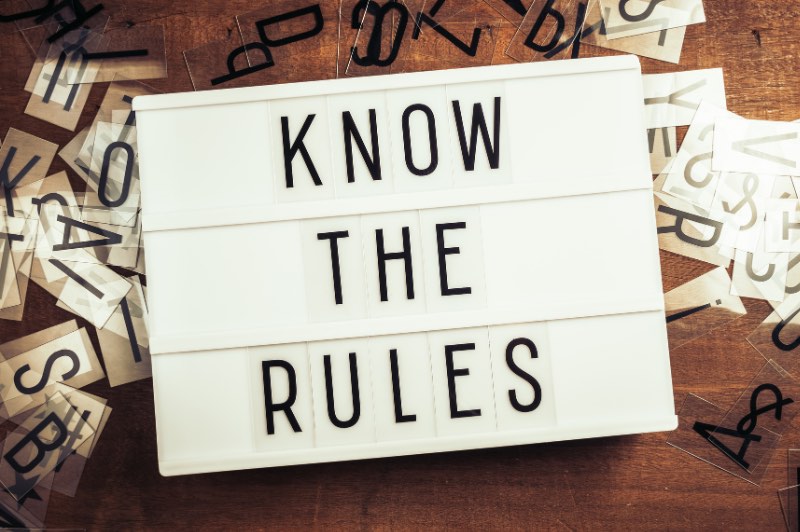
8 – Create different areas of your classroom
Classrooms are all different sizes and shapes. One thing about science classrooms is that they are usually larger in size.
In my classroom, I have a classroom area with desks, as well as a laboratory area in the back. Naturally, the students enjoy completing work at the lab tables.
But… students should not always be back at the lab tables.
One thing I explicitly state to students at the beginning of the year is that there are times to work at lab tables and there are times when working at lab tables isn’t appropriate.
In addition, students are aware of the area where student supplies are. Having an area of student supplies sets a boundary where students are not taking things off of my desk or other areas in the room.
9 – Be consistent
All of the tips we have discussed are great, but they will not create an organized classroom in the long run if you are not consistent with them.
If you are consistent with your routines and expectations of cleanliness and organization within the classroom, the students are more likely to learn what is expected of them. Students crave structure, and once it’s reinforced, your classroom will be an organized, well-oiled machine.
In addition to being consistent with routines and organization, it is also important to remain consistent in praising and implementing positive reinforcement with your students. This will help your students feel appreciated and motivated to continue following the routines and expectations you have set.
10 – Be flexible

While consistency is important, flexibility is also key to keeping a classroom organized.
Let’s face it. No one and nothing is perfect. We all have missteps and mistakes happen.
The important part is that you bounce back and re-implement the routines and expectations as soon as you feel they have gone off-track.
Organizing your science classroom is so important
I hope you have found these 10 organization tips helpful and can take a few back to your own classroom.
It can be a little time-consuming to organize your science classroom, but oh my goodness it is worth it! You will reap the benefits all year long!
By following these tips, you can create a classroom that will be a productive and enjoyable learning environment for you and your students.
Happy organizing!
